Querying Your Discourse Graph
Query Drawer
The query drawer component allows you to construct structured queries over your discourse graph, based on discourse relations (e.g., "find all evidence that supports/opposes a claim"), and reason over the results in a structured, tabular format (e.g., "find all evidence that supports a claim, and allow me to filter/sort by methodological details").
Making a query
Use Command Palette (⌘+P on Mac,CTRL+ P otherwise) to access the query drawer.
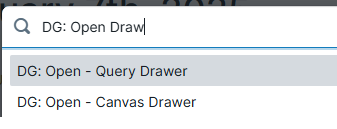
A query drawer component will open from the left. From there, you can construct structured queries of your discourse graph and explore their results in a tabular format.
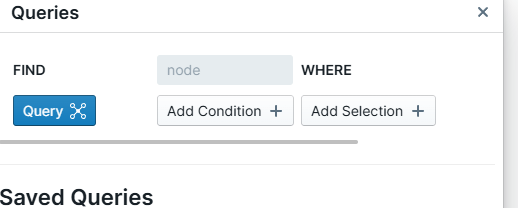
Common Query Examples
Evidence that Informs a Question

Evidence that Supports a Claim

Advanced Query Examples
Mix discourse and Roam queries
Example: find all evidence that informs a question, but only if it was collected in a specific location (this example assumes at least some evidence pages have an attribute Location:: in them)
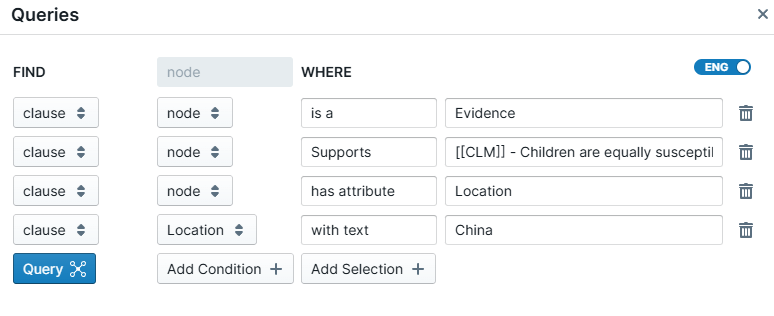
Select node attributes to display as attributes of results
Example: find all evidence that informs a question, and select a methods attribute to display so we can sort/filter on it (this example assumes at least some evidence pages have an attribute testingRegime:: in them)
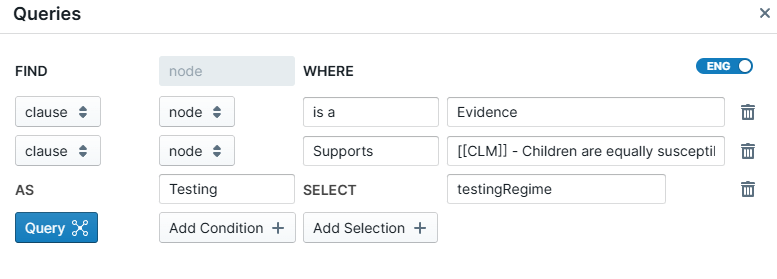
Select discourse attributes to display as attributes of results
If you have defined Discourse Attributes for the node you want to query, you can select it as a column in your query. The syntax for accessing a node's discourse attribute as a select isdiscourse:discourseAttributeName.
Example: find all claims and display their "Evidence" discourse attributes (number of supporting evidence relations) as a column.

Naming a query
You can name a query if you like!
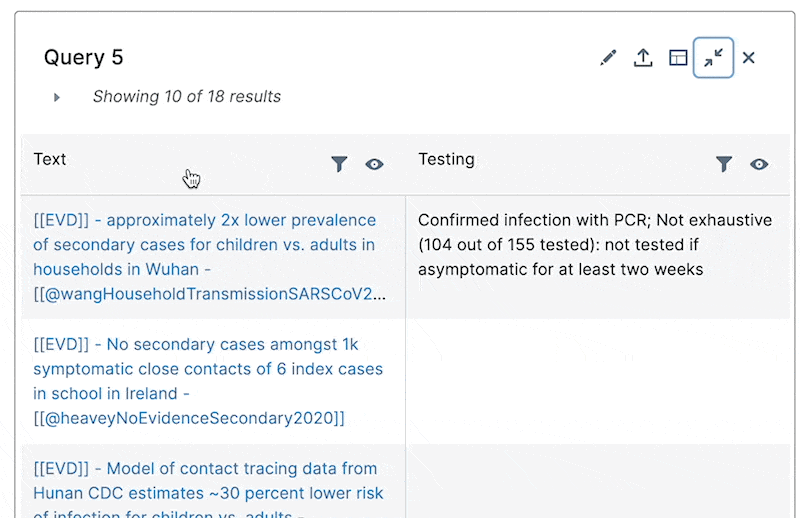
Saving a query to its own page
You can save a query to its own page if you want to keep it around for easier access.
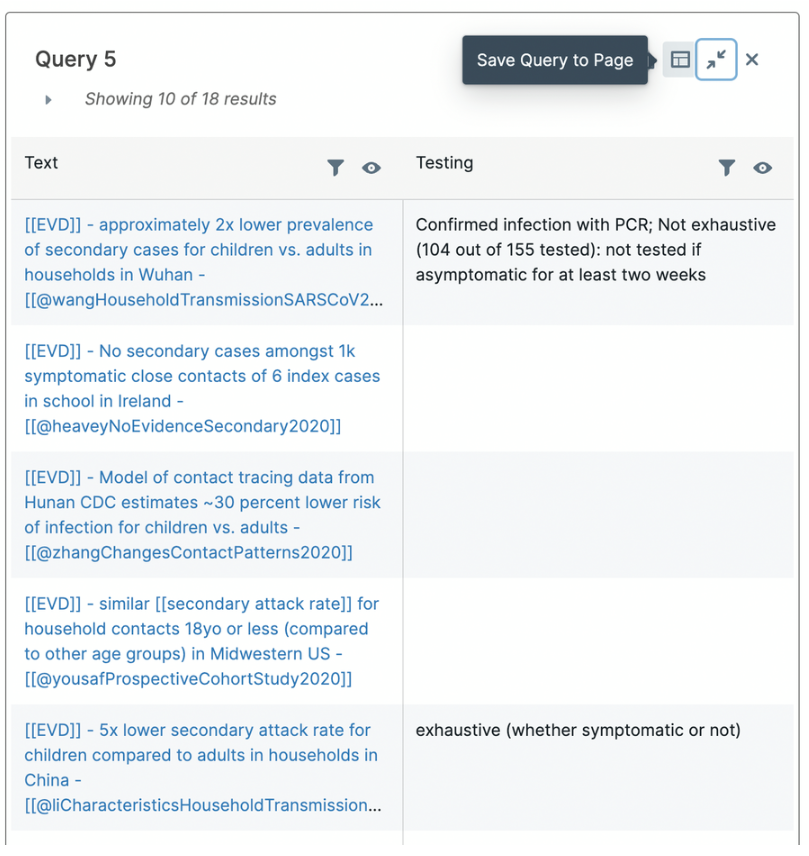
It will be saved to the namespace discourse-graph/queries/ by default.